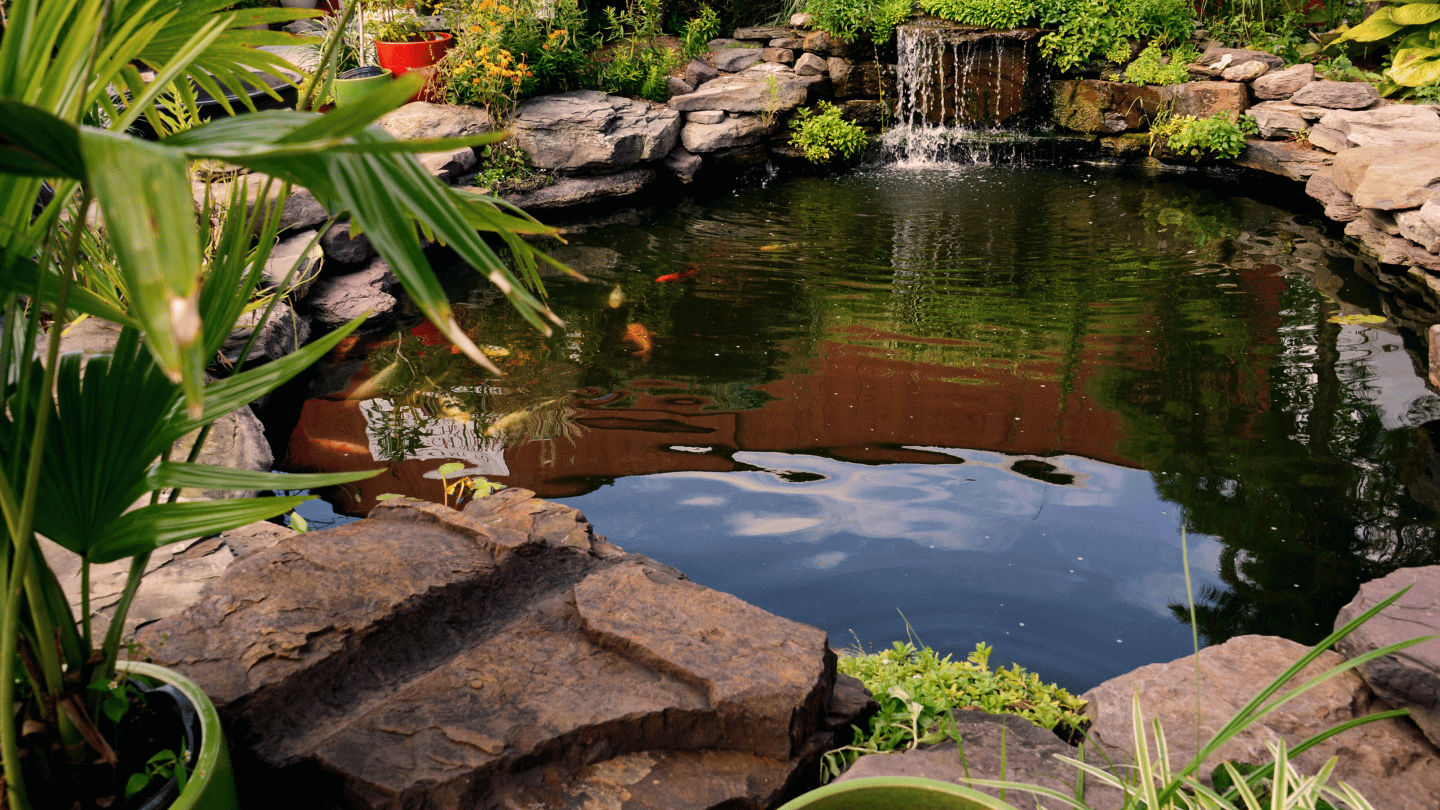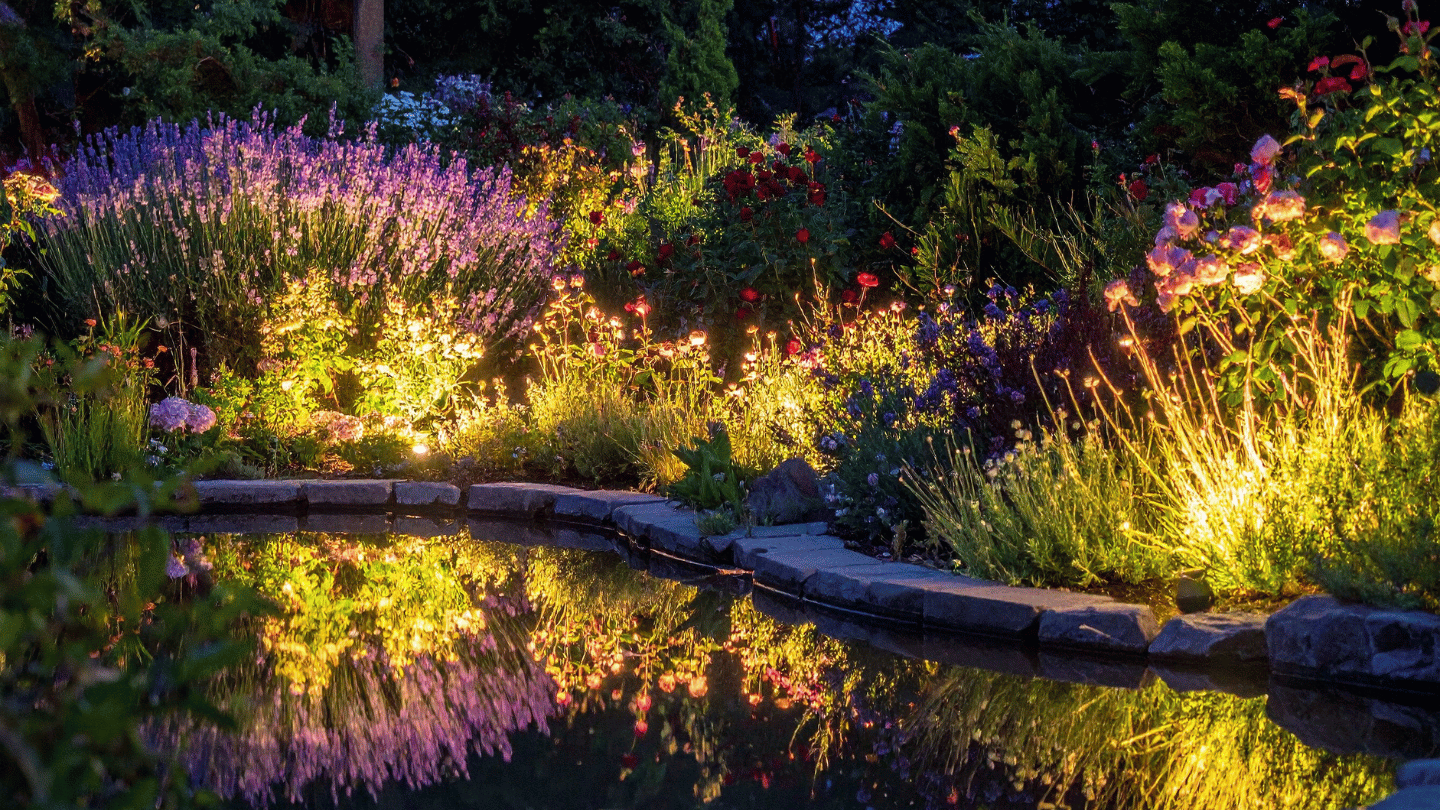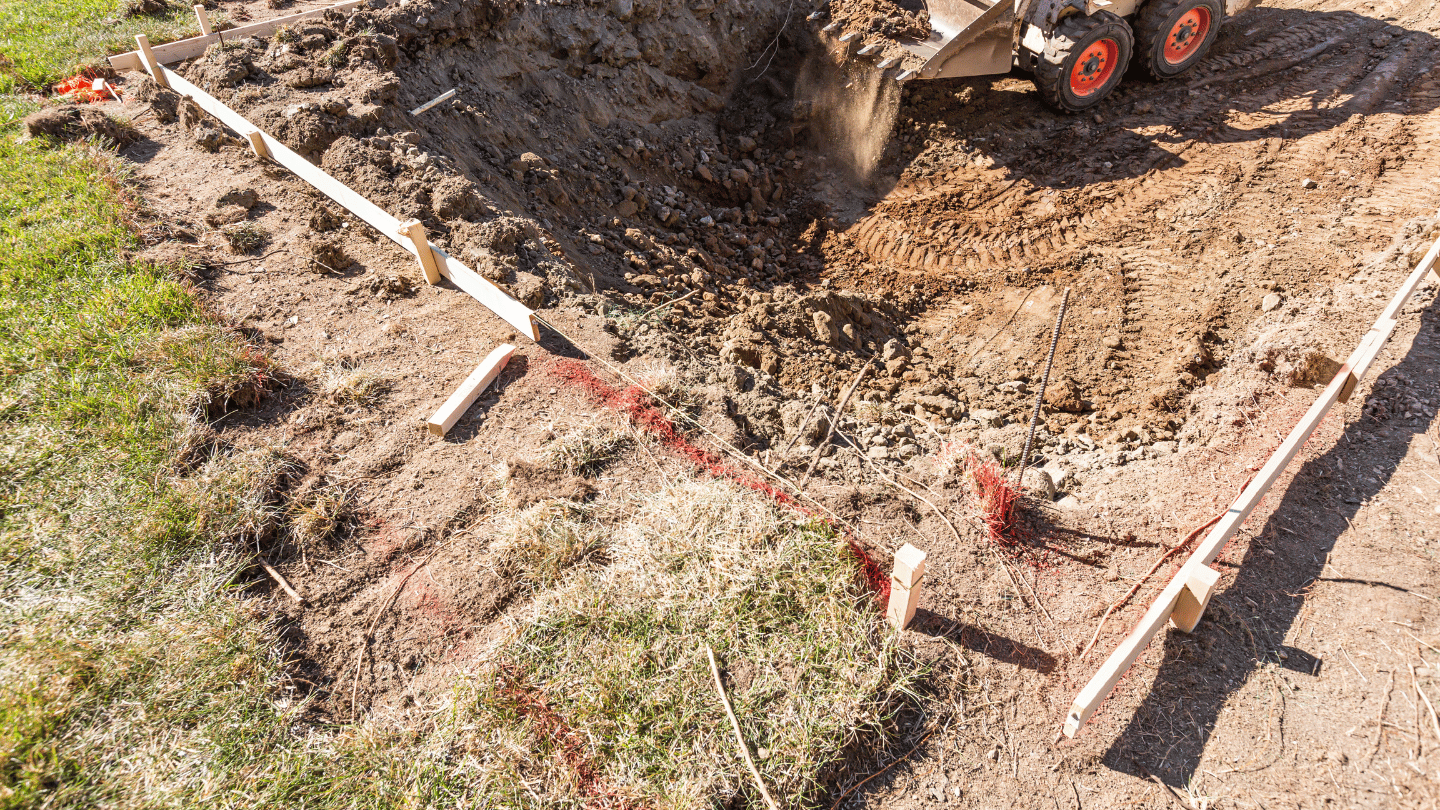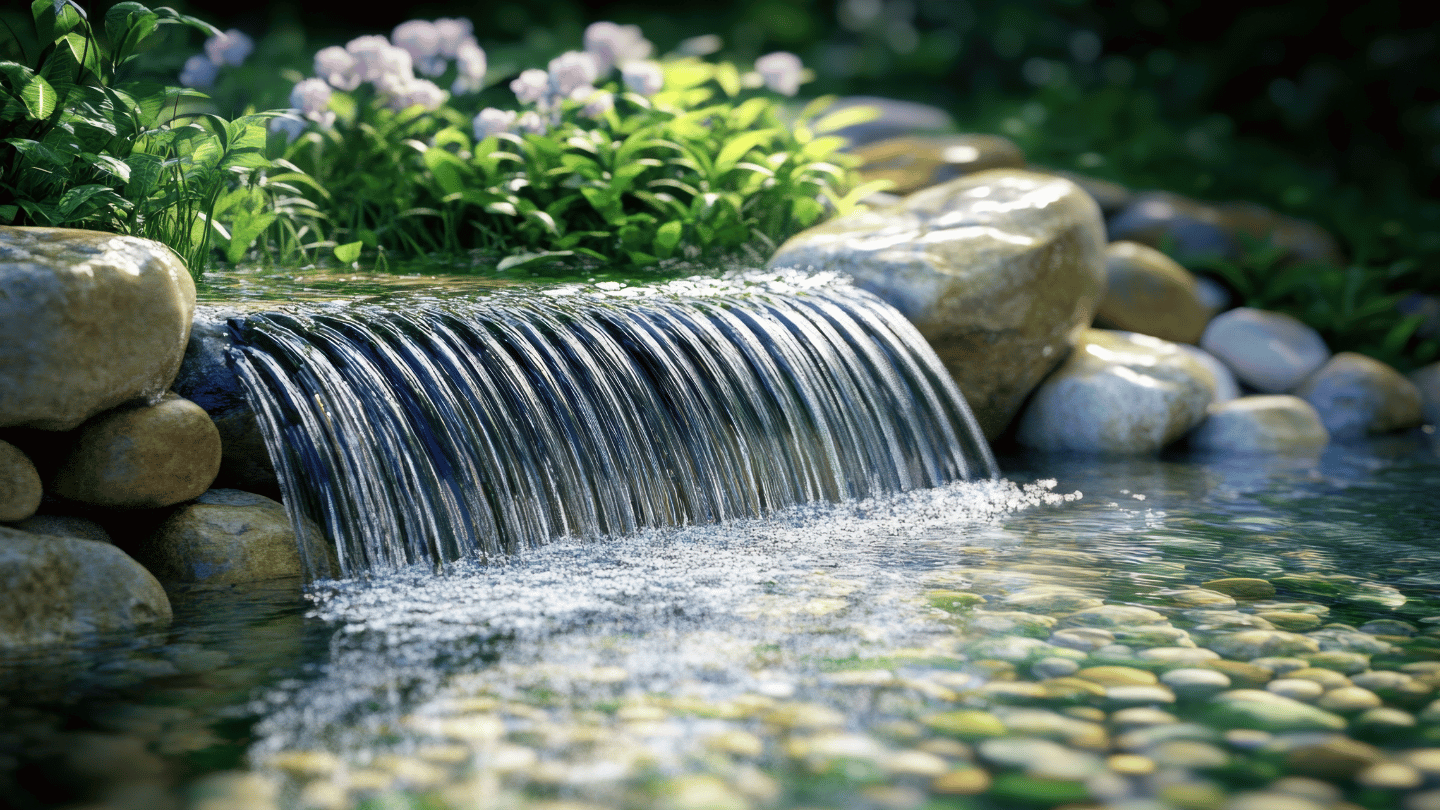You installed that beautiful water feature. The pump's running, the fish are thriving, and for about two weeks it's exactly the peaceful backyard escape you imagined. Then the algae blooms, leaves start piling up, or you notice the pump sounds like it's grinding through concrete. Sound familiar?
Here's the thing: water features are about 40% machine and 60% natural system. That means they need some real attention, but not in the obsessive way you might think. The secret isn't hiring someone to baby your pond year-round—it's understanding what each season throws at you and tackling it before small problems become expensive headaches. We've been building and maintaining ponds in LA for years, and we can tell you the difference between owners who enjoy their features and owners who regret them usually comes down to this: seasonal thinking.
Spring: Your Window to Catch Problems
Winter in LA might be mild, but your pond's been sitting relatively quiet. Spring is when you wake it up, and that's also when you'll spot what's been building underneath the surface. Start by scooping out the leaves, twigs, and sludge that settled on the bottom. You'll probably find some algae bloom—that greenish tint that shows up when things have been too still. Don't panic. A skimmer net and a gentle brush on the basin walls will handle most of it.
While you're cleaning, listen to your pump. Grinding sounds or noticeably lower flow means something's blocked or wearing out. Check the intake screens for debris. Spring is genuinely the best time to catch a struggling pump before summer arrives and you're running it hard all day long. If you wait until July, you're scrambling to find a technician during peak season—and paying premium rates.
If you have fish, increase their feeding as water temperatures rise. And here's a move that makes a real difference: add aquatic plants like water lilies, pickerel rush, or even floating varieties. They're not decoration. They're natural water filters that improve clarity and shade the surface, which keeps algae growth in check as temperatures climb. You're basically setting yourself up to have less work later.
Summer: Fighting Heat and Evaporation
An LA summer is relentless on water features. The sun pounds all day, which triggers two problems at once: evaporation and aggressive algae. You might lose half an inch of water per week in peak summer. That doesn't sound like much until your pump sucks air because the level dropped too low and suddenly your waterfall's silent at 7 p.m. when you wanted to enjoy it.
The fix is simple: top off regularly with dechlorinated water. Either grab some bottled dechlorinated stuff, or just let tap water sit in a bucket for 24 hours before adding it back. While you're managing water levels, tackle algae before it takes over. Shade plants around the perimeter will dapple shadows across the surface. Water lilies and lotus with their broad leaves work the same way. If algae still gets aggressive, there are fish-safe treatments, but we always recommend starting with shade and circulation first. Keep that pump running during daylight hours. Still water breeds mosquitoes like nothing else, and moving water stays healthier and actually looks better. Your electric bill barely notices the difference, and you'll actually want to spend time out there when it's on.
Fall: The Leaf Problem
October hits and suddenly trees are dropping leaves into your pond or fountain like it's their personal trash can. This becomes the single biggest maintenance hassle of the year for most LA homeowners. Get a skimmer net and use it more often than you think necessary. We know that sounds excessive, but leaves decaying in the water create sludge, which clogs filters and tanks your water quality. If you have fish, that organic matter spikes ammonia levels and stresses them out. A quick skim every few days takes 10 minutes and saves you from weeks of headaches later.
If leaf fall is heavy around your property, consider netting your feature—at least temporarily. It's not the most attractive look, but it beats fishing soggy leaves out all season. While you're doing fall cleanup, prune back your aquatic plants before they start decomposing in the water. Cut back water lilies, trim marginal plants that've gone wild, and remove dead vegetation. Then test your water. If you have fish, check pH and ammonia levels. Fall's when small adjustments keep everything balanced as water cools and your fish's metabolism slows down.
Winter: Maintenance and Planning
LA winters are mild, so frozen ponds aren't the nightmare they are back east. But cooler water changes how your feature operates. Fish need way less food because their metabolism nearly stops. If the water drops below 50 degrees, cut feeding back to just one or two small meals a week. Food that sits uneaten just decays on the bottom.
Winter's actually the perfect time for professional maintenance. A technician can deep-clean your filter, inspect the whole system for wear, and handle repairs while you're not depending on the feature to run hard during the hottest months. It's also smart to check your electrical setup. Inspect pump plug connections for corrosion, verify weatherproofing around electrical connections, and look for water pooling anywhere. Winter rain makes these issues obvious, and it's way better to fix a small seal now than deal with bigger problems in spring.
The Reality Check
Your pond isn't "set it and forget it." But it's also not some demanding nightmare that takes over your life. Spend 15 minutes every week or two skimming and checking basics. Focus on seasonal prep when it matters most. You'll catch problems early, keep your water clean, and actually get to sit back and enjoy the thing you built. That's what it's supposed to be about.
We work with LA homeowners on maintenance plans that fit your schedule and your pond's needs. Either way, the goal stays the same: a water feature that works as hard for you in January as it does in July.





.jpg)





.jpg)